Technical SEO
What is It?

SEO involves a wide range of techniques and practices to ensure smooth functioning of your website and land you good organic results. One among them is Technical SEO, a process that ensures that the technical requirements of modern day search engines are fulfilled by your website in order to rank higher.
The core elements of technical SEO include crawling, indexing, rendering/interpretation and assess and website architecture. As the name goes, it has everything to do with optimizing the infrastructure of the website. All technical and nothing to do with the content of the website or its promotions.
How Important Is Technical SEO

If you are wondering how important technical SEO is, let us tell you, it is very important. Without that, it is like having all your ingredients ready but no stove/fuel to cook. You might have the best content but if the tech part is messed up, it is not going to take off well. For that you need technical SEO of your website to be sound, because even if Google does index your website, the job is only half done. Here’s why.
As a user, you would prefer a website that is secure, fast and has original and valuable content. Now this is exactly what technical SEO involves: securing your website, mobile optimization, speed of the website and real content. Some of these might be a part of other SEO techniques but these are also a part of technical optimization of your website.
Improving Technical SEO & SEO Plugins
Focusing on just improving crawling and indexing is not helping. The site’s structure is an extremely important factor, you could say even more than crawling and indexing. It can be the root cause for many issues that crop up along the way.
Doing that helps ease the burden of optimizing other things like URLs and site mapping. So, how do you do that? Some steps that you can take to help you optimize your website are as follows.
Site Architecture

This is basically how the structure of your website is organised. It is preferable that all of your site’s pages are closely knit or only a couple of links away from each other. That helps Google crawl ALL of the pages on your website with ease. This kind of website design is called a “flat” structure.
Although not a big difference for smaller websites, for websites like ecommerce with over thousands of pages, this definitely makes a huge difference in aiding search engines crawl all the pages with ease. A complex and not so easy to read site structure might lead to “orphan” pages which means they don’t have internal links that point to them. This can cause it to be left out from crawling and indexing issues.
Tools like Ahrefs and Visual Site Mapper help figure and fix these issues with features like Site audit which helps you get a view of the larger picture of the site.
URLs

Having clear URLs that are consistent and have a logical structure go a long way in helping search engines rank your page higher. This becomes a huge contributing factor if your website consists of several pages since these URLs help the search engine read the context of the page from it and the users figure where they are on your website. When you classify your pages into different groups in the URL, search engines get extra context about every page in that group.
An example would be, “/hub/seo” for pages in the SEO marketing hub group. This helps the search engines figure that all the pages with this URL come under the SEO marketing hub category.
Canonical URLs

A canonical tag aka “rel canonical” indicates to search engines that a specific URL represents the master copy of a page. What is the point? Well, this avoids the search engines from getting confused with other duplicate content or similar content appearing in the URLs.
So, you can use it as a means to tell the search engines which version of the URL you wish to appear in the SERPs.
You can use the WordPress canonical URL plugin https://wordpress.org/plugins/advance-canonical-url/ and in HTML websites, you can do as follows.
Canonical tags use simple and consistent syntax, and are placed within the <head> section of a web page:
Syntax :<link rel=“canonical” href=“https://example.com/sample-page/” />
Crawling, indexing and ranking is all about making your website extremely efficient allowing search engines to get into those nooks and corners. So first of all, you must be able to find the errors to be able to fix them or better your structure. How do you do that?
Resolving Coverage Issues

Google Search Console. That is your answer to resolving the coverage issues. It basically means a result of the analysis of the extent of crawling the search engines have achieved of your website. The analysis helps you understand the pages that Google or any search engine has crawled and indexed and the ones that haven’t been.
There are various tools that allow this apart from Google Search Console like Screaming Frog and Ahrefs. With Ahrefs you even get an overall “health score” which basically tells you how sound the technical SEO of the website is. These can be used as plugins to help you achieve all of the above automatically if the website allows you to do so, like WordPress.
Here’s an example of how to do it on Google Search Console.
To solve coverage issues, in the side panel, click Inspect URL to see further details about the Google Index version of the page. In the indexed report, examine the Coverage > Crawl and Coverage > Indexing sections to see details about the crawl and index status of the page. To test the live version of the page, click Test live URL.
It often happens that a few pages that are set deep in your website miss getting crawled and indexed by the search engines. One way to prevent that is the flat structure as discussed earlier and the other is the old-school SEO technique of internal links. A couple of internal links to the page never hurt. Try and link it from a page that has a lot of valuable and authentic content and gets crawled often. That ensures the chances of the pages linked to being viewed.
Schema Markup
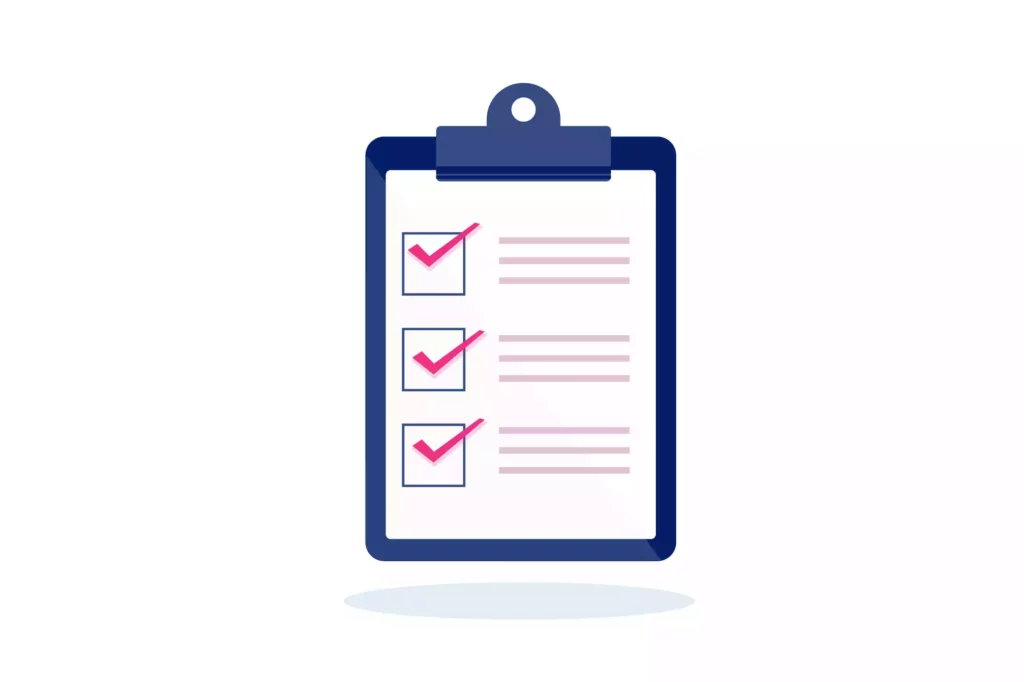
Schema.org is a collaborative effort of the giants Google, Bing, Yahoo and Yandex to help website owners provide the information that fulfill the requirements of search engines to best evaluate and rank your pages in the SERPs.
Adding a schema markup to the HTML allows them to display your page in the search results while featuring valuable content as your snippets that appear right below your page title.
Example of how to insert code in the website:
<script type=”application/ld+json”>
{
“@context”: “https://schema.org/“,
“@type”: “WebSite”,
“name”: “madan clarity”,
“url”: “https://madanclarity.com/“,
“potentialAction”: {
“@type”: “SearchAction”,
“target”: “https://madanclarity.com/{search_term_string}”,
“query-input”: “required name=search_term_string”
}
}
</script>
You can use tools like https://technicalseo.com/tools/schema-markup-generator/ to generate a schema link.
W3C Validation
This process allows you to check if your website’s code follows and fulfils all the set formatting standards. If the validation fails, it could indicate errors or that your website is not technically sound. These are factors that affect user readability and hence poor website traffic as well. So obviously you can figure that this is an important part of technical SEO.
An example of this could be missing opening and closing tags like <h1>Hello</h1.
You can visit the website https://validator.w3.org/ to check your markup validation.
Accelerated Mobile Pages (AMP)

AMP is a technology that allows one to create simple mobile websites that have a quick loading speed. It is a joint venture by tech giants like Google that offers an open source framework.
If you face issues with AMP you can run an AMP test at https://search.google.com/test/amp that allows you to figure and resolve them.
XML Site Mapping
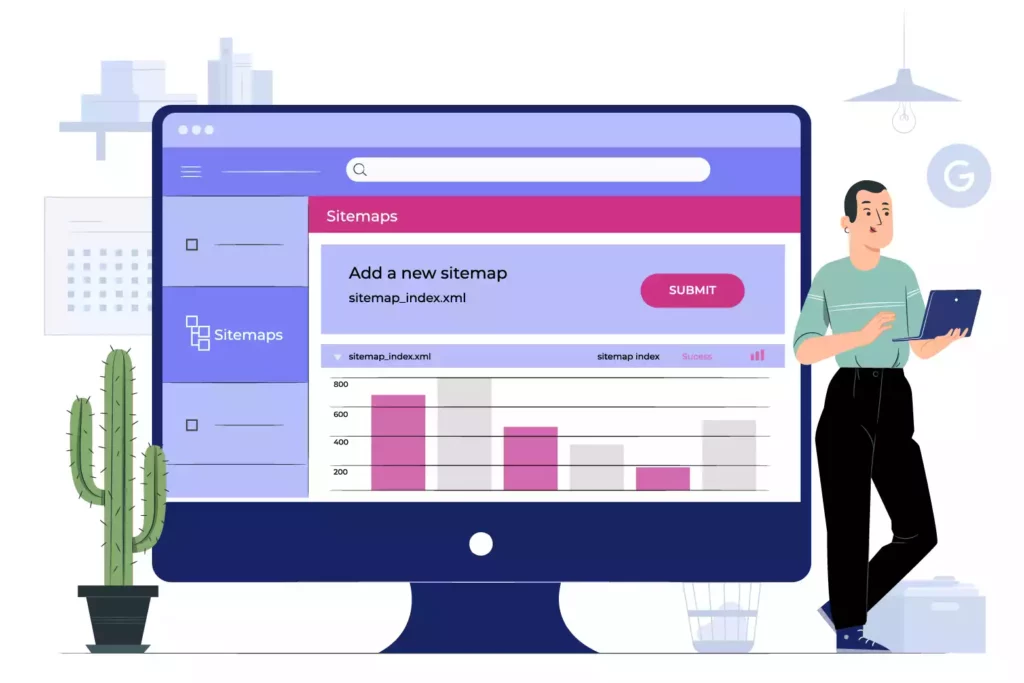
Alt text – Building a sitemap on a sitemap building tool
This is a huge topic and a deciding factor for SERP ranks in itself.
What is an XML Sitemap in the first place? It is a list of URLs of the components in your website that tells search engines the content available in your website and the path to reach them.
There are three primary kinds of sitemaps designed to cater to the different sets of people involved. One for designers used during the planning of a website, human-visible listings of the pages available on the site that are typically hierarchical and structured listings that are intended for search engines to crawl the website.
Now since this seems pretty tedious, you might wonder how important this is and how much search engines rely on them, considering how this the age of AMP and rankings mostly base on mobile-users’ experience.
Well, turns out it is still very important, the “second most important source” going by the statements issued by Google, in finding URLs.
If it is this important you better learn how to build one too.
Step 1 is to review the structure of your pages so that you have a good knowledge of what your website pages entail. Like the home page and where the links on the home page lead to and so on. Try and keep all pages of your website only about 2 to 3 clicks away. Get to know your own website.
Step 2 is to create URLs for all the pages. When you go through the pages of your website, ensure you figure the importance of it because that will come in handy while creating a URL for it. Create a tag with the XML tags in it. If you are new to this whole thing which you mostly are, don’t freak out! Text editors to the rescue! You can check out editors like (ex.) that can help you create XML files in the first place. Once that is done, curate a URL that incorporates important info that tells search engines what you are about.
Step 3 is to validate the code you’ve created. Again, there are tools like the XML Sitemap validator tool that help you find a fully functional code because a sitemap will not function properly if not. The sitemap validator will help you find the errors in the code if any.
Step 4, find the root folder and add the sitemap file to this folder of your website. This helps you add the page to your website as well. Now once this is done you might want to add it to your robots.txt file as well. If you are wondering what this extremely strange and tedious process does is instruct the search engine crawlers to index your website.
Robots.txt
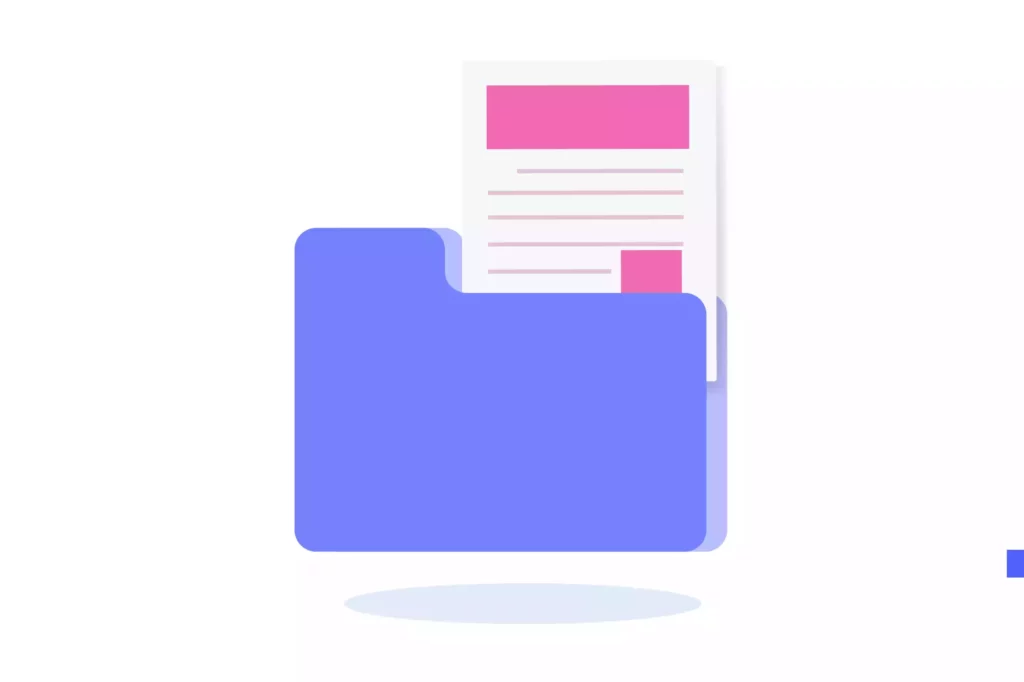
A robots.txt (robots exclusion protocol) file is one that can be found in the root folder of the website. It is a text file that tells the search engine bots which pages to crawl and which ones not to as well.
Here’s what one would look like: https://madanclarity.com/robots.txt
This is mostly generated on its own on websites like WordPress. To learn how to connect a robots.txt file to a coding website, visit the link https://www.seoptimer.com/robots-txt-generator .
Now if you observe tech giants, most of them include their sitemap in the robots.txt folder as well. So you might include it here as well, just a good practice to leave no stone unturned to rank higher in the SERPs.
Step 5 and the last one in this is to submit your sitemap to search engines now that you have created them. All you have to do is go on the Google Search Console, dashboard > Crawl > Sitemaps. Once you do this, on the right corner of the screen, you will see an option to Add/Test the sitemap. It is always better to double-check something before submitting. So, test your sitemap once for errors and then submit it. Done! That’s your job done, here on the search engine will take care of the needful to help boost your SEO ranking.
All this or you could just install an All In One SEO Plugin that helps create a sitemap for your website. It also allows you the feature to turn on and off your sitemap via a simple toggle switch.
Examples of these are Screaming Frog, for a website that has less than 500 pages you can use the free version to create a sitemap. It is a desktop S/w that does all of the aforementioned tasks for you. All you have to do is navigate your way through, change the settings and sit back while it creates the sitemap and organises it into files accordingly.
There are visual sitemap builders as well but most of them, you’ll have to pay for. Slickplan is one such tool that is a good one to go to. It provides templates that you can drag and drop into to arrange the structure of your website. Once that is done, export it in the form of an XML file and voila! Done!
Duplicate Content & SEO Audit Tools

Sometimes content appears in more than one place in different sources on the internet. The path to which is defined by website URLs. To avoid the same content being duplicated in multiple places, use SEO Audit tools like https://www.siteliner.com/, Ahrefs and Raven Tools Site Auditor. They scan your website for duplicate content identifying pages that need updates and fixing links if broken. Now you have only identified duplicate content in your own website. But it can be present on sites that “copy content” as well.
To gauge and find these, tools like Copyscape can be used. This website allows an option called the “batch feature” which scans for duplicate content on the internet.
Likewise, you can type in a snippet of your content in quotes into Google. If your page pops up on top of the SERPs then you can be assured that it is unique to your website. Search Engines will deem you the original author of that site.
PageSpeed

PageSpeed is a crucial factor in determining the overall quality of your page. It doesn’t mean that your page will skyrocket to the top of the SERPs (come on now, there’s a lot more to that, like backlinks!) but it does have a significant impact in boosting your organic user traffic and hence the page’s ranking. Because it is a world that thrives on instant gratification and we all need the speed!!
One of the major factors that can help ensure PageSpeed is WebPage Size – This impacts PageSpeed so much, we can’t tell you enough. Although things like using compressed images and clearing the cache help, if the size of your page is huge, then there is no way around it. Using high resolution images feels like a must as a page owner. You feel compelled to use good images rather than pixelated ones. But it is what it is and you have to find a way around it to reduce the size of your page to ensure that the speed is good.
Dead Links & Broken Links
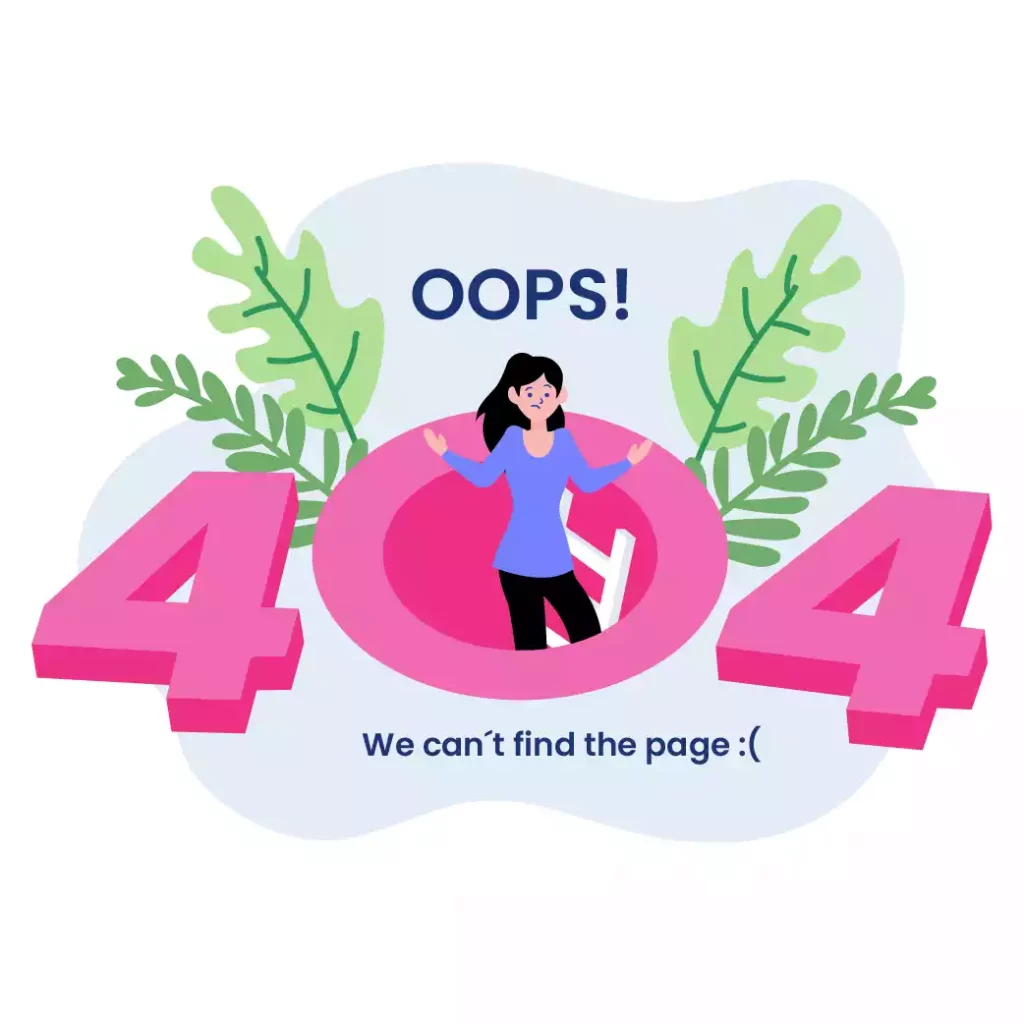
Checking for dead links or broken ones is another biggie. These are just links to pages that no longer exist, the destination web page has been changed or no longer works. These URLs will be considered invalid. You can check for broken links in your webpage at https://www.brokenlinkcheck.com/ and other such sites. Chances are that the backlinks you received do not work anymore or are in different locations compared to the ones mentioned. So it is always a good idea to go back and check.
Cloaking
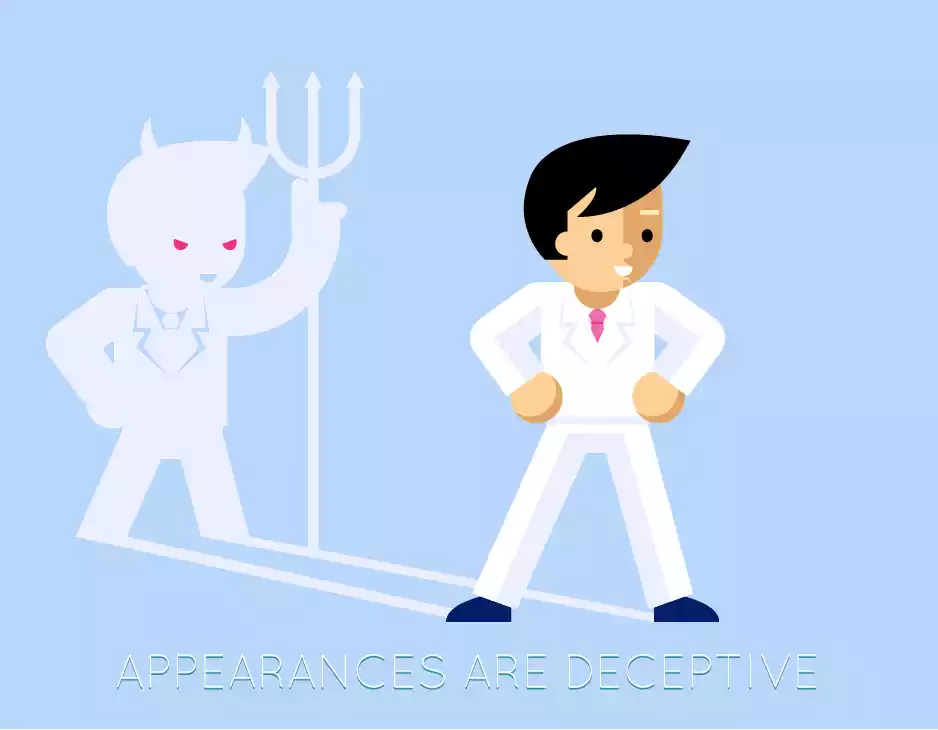
Cloaking is another SEO technique where the content presented to the search engine spiders is different from that presented to the users. The content is delivered based on the IP address or the HTTP of the user requesting this page. This is a violation of the Google Webmaster Guidelines and considered a Black Hat SEO practice.
You can use tools designed to check for cloaking like https://smallseotools.com/cloaking-checker/ etc., to ensure you’re on the right website.
PS – SEO Loves You xD

There you have it, the what, why, and hows of technical SEO. Adapt them and give that website of yours a boost so that it lands in the goodbooks of the search engines. Allow them to see your website for its real value and you will scale to the top of the SERPs in no time!






